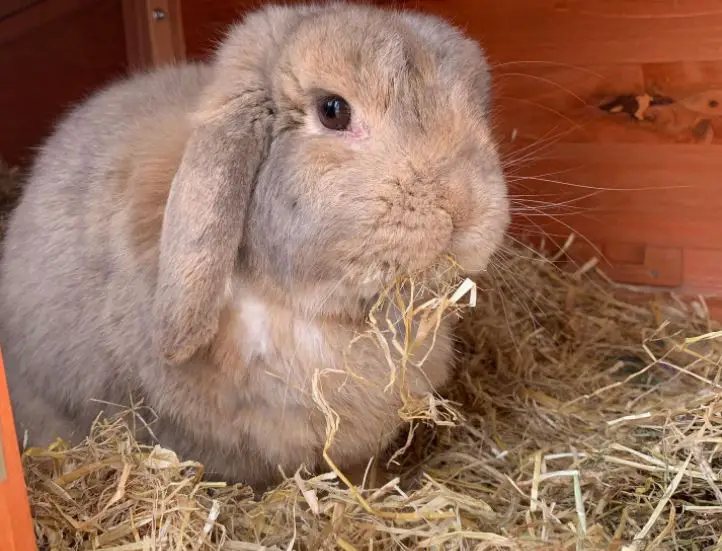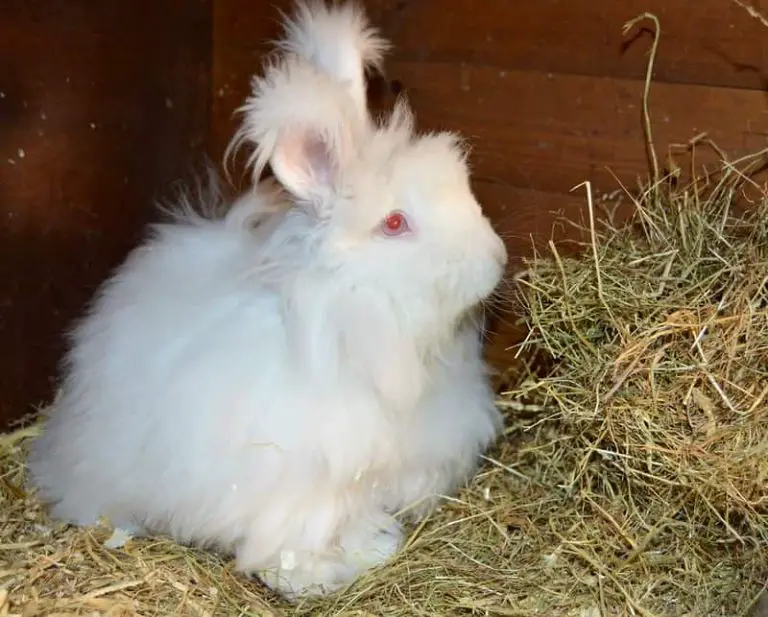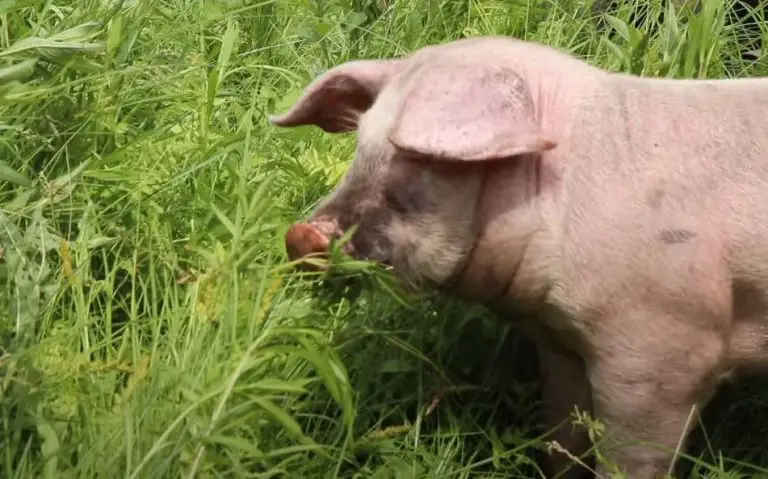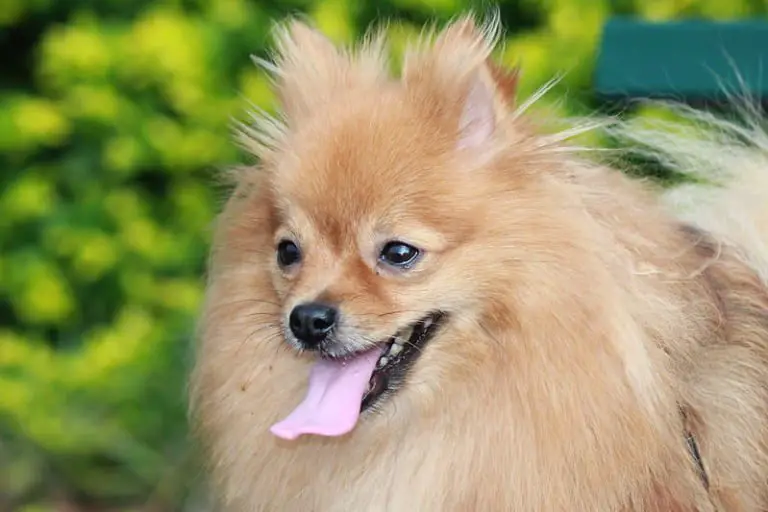Do Rabbits Eat Straw? (Is it Safe or Toxic?)

It is a common problem, a very important part in the diet of rabbits is hay, in fact, their diet consists of this for the most part, the problem is that hay and straw are quite similar, straw is generally used as a substrate for rabbits and other domestic animals, and not really as a food in itself.
Many people who have rabbits have this problem, straw is one of the most used substrates for rabbits for several reasons, it is economical, natural, and feels soft.
The problem lies in the fact that the rabbit is not supposed to eat the straw, but unfortunately the rabbit does not know this, because of its habit of chewing everything, the rabbit will eat a little straw from time to time, this is not bad for the rabbit, but it will not bring it any benefits either.
If you keep the rabbit adequately fed and supply it with hay and similar food, the rabbit will have no need or desire to eat straw.
Although the fact that it will try to chew it from time to time just for entertainment or for maintenance of their teeth is practically unavoidable.the problem is that hay and straw are quite similar.
Is straw toxic or dangerous for rabbits?
Straw is valued and popular as a bedding material in animal husbandry, for example, it is widely used in pigsties and other types of bedding for smaller pets.
Mycotoxins are produced naturally and commonly in some types of molds, this is something common in cereal foods, such as bread, have you ever seen how a bread becomes very old? all the mold that appears?
As straw is an agricultural by-product derived from cereals, it is prone to develop this toxin, in various forms, although farmers are supposed to select the driest and healthiest straw.
However, there is the possibility of exposure to mycotoxin (mold toxin), straw can also pose a serious health risk to all domestic animals due to this toxin.
The use of clean, non-toxic straw is essential, even if it is used as bedding material for rabbits, because rabbits like to eat and nibble on the stalks. So straw is both bedding material and entertainment for the rabbit.
These harmful toxins can appear in straw from different sources: one of the ways in which they can appear is through the emergence of stalks from the cereal field and, on the other hand, they appear as storage fungi after harvest.

Factors to consider when choosing the type of straw for your rabbit
Every person who takes care of a pet, whether it is a rabbit or any other animal, thinks about the best way to keep their pet clean and cared for.
There are different points of evaluation, with breed and age being the most important factors to take into account when making any decision regarding the care of the pet.
For example, Angora rabbits deserve special mention in that sense, they are beautiful animals with long and delicate fur, this type of rabbit requires special care and specific methods, such as the longest straw as bedding.
Young animals feel very comfortable in the straw nest. Some straw may be consumed during the suckling period of the mother and young animals.
Straw that has not been digested does not have adequate suction power to absorb liquids (urine). However, mechanical processing can greatly improve this aspect.
Chopped straw is better than pressed straw. Finely chopped components (wood, straw) are even more suitable in terms of suction power, but due to the dust they can also be a burden on the respiratory tract of the animals.
It is also important to note the insulating effect of straw. Not only in manure boxes is there sufficient straw to provide protection from the heat downwards; the animals love to lie down on a dense substrate as well.
Straw pellets can be nicely lined on the interior of small barns. However, care should be taken that they are never wet or damp if the breeder would like to use them again in the future.
Hay is more nutritious than straw
Straw as a replacement for hay is commonly accepted in animal breeding, as is the mixing of chopped straw straight into the feed. Depending on its source, it is believed that straw’s nutritional values are similar to those of hay.
However, this is not true. In energy levels, the value is about 40% inferior, while in terms of protein, the straw contains approximately one third of that of grass-rich hay.
In the crude fiber, the straw is in first place with a 70% increase. The mineral content of straw is quite low.
High crude fiber content is by no means questionable, as this is absolutely required for the whole digestion process and guarantees an optimum pulp movement of feedstuffs in the digestive system.
It is much cheaper and easier to obtain the straw from the producer directly. In this case, it is necessary to first verify the straw’s quality.
If the provider knows even the purpose for which it is intended, he will pay extra care for especially high-quality straw bales: only well-dried straw is allowed to go into the feed channel.
When stored correctly, the moisture odor of the straw is avoided. It is also necessary to inspect it thoroughly for the presence of mites and cockroaches on the straw.
Bright straw yellow color indicates that the straw was harvested in proper climatic conditions.
If plastic film has been used to wrap the straw, make sure that it is always possible to allow air circulation.







